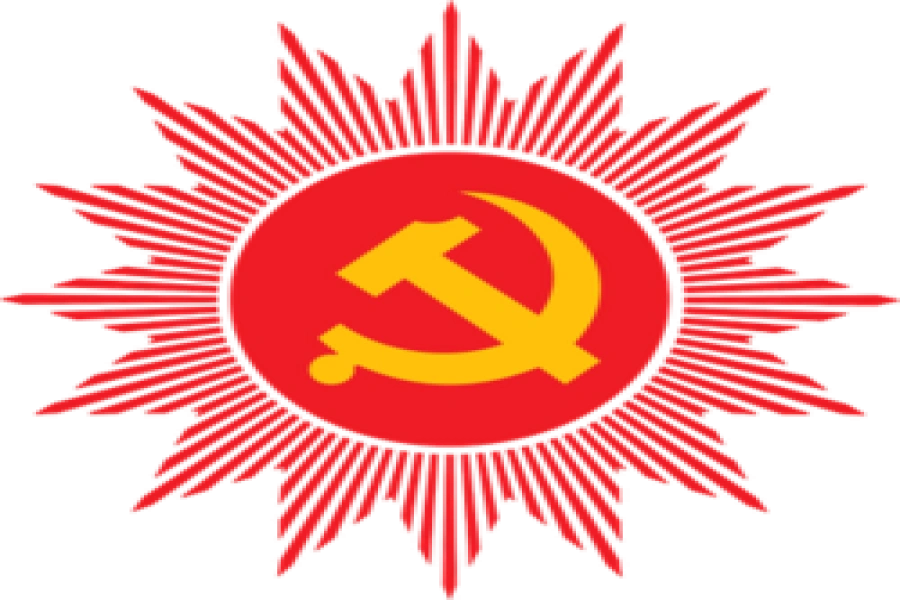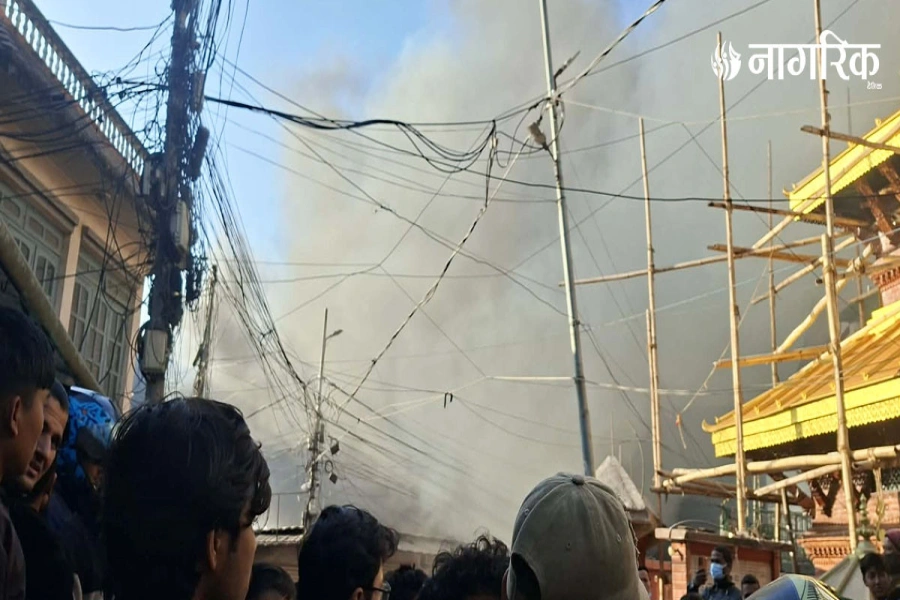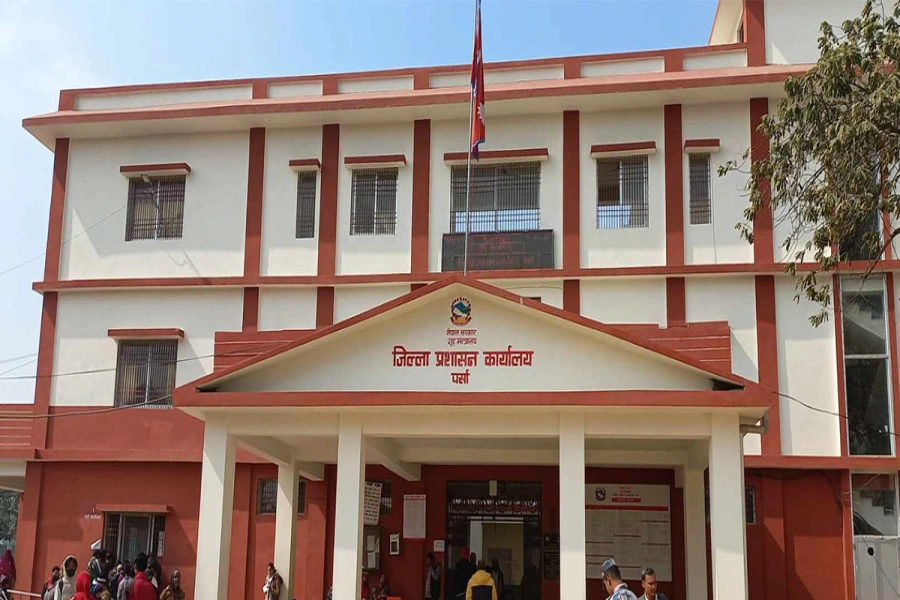In a move aimed at ensuring access to quality education while curbing exorbitant fees, the Ministry of Education, Science, and Technology in Nepal has issued a circular mandating local authorities to regulate the fee determination of private schools as per the Education regulations, 2059. This shift raises concerns about its implications on the quality of education, market dynamics, and the autonomy of private educational institutions, eventually questioning the potential repercussions on the welfare of students and the sustainability of private schools.
While the government’s intentions may be good, the consequences of such interventions require careful considerations. Fee caps risk prompting schools to seek alternative revenue streams to cover costs, potentially compromising the welfare of students. With fees capped, schools may resort to cost-cutting measures that could lead to a decline in the quality of education or even the closure of institutions. This outcome directly contradicts the goal of increasing enrollment and improving literacy rates.
Proponents of market-driven pricing argue that government intervention undermines the core principles of economics, where prices are determined by supply and demand forces. By eliminating competition among schools to set fees, regulatory measures may diminish the autonomy and competitive edge of private institutions.
Desperate search for missing girls as nearly 80 dead in Texas f...

Furthermore, it can be argued that the quality of education should dictate the pricing in private schools. If a school offers exceptional quality education, individuals would be willing to pay higher fees, which is the reality. This approach incentivizes private schools to invest in facilities and resources to maintain their competitive advantage. Conversely, schools providing substandard education would naturally face declining enrollment and be compelled to improve their standards or risk shutdown. In the same manner, families that can afford private institutions, always have the choice to change schools for their children when they are dissatisfied with the current school. It is important to recognize the high bargaining power of parents; if they are unhappy with the fee increase, they are free to seek alternatives. With this in mind, when schools decide to increase fees, they do it systematically to avoid the risk of reduced enrollment, which is not their desired outcome.
Critical questions now arise - Will lower fees result in reduced salaries or job insecurity for teachers? How will then the government ensure fair compensation for teachers and sustainability for schools while balancing affordability for students? Additionally, how can the government ensure that private schools uphold their current educational standards and regulatory standards (such as infrastructure maintenance) despite fee limitations? Further, how will the local government set a common fee ceiling if essential considerations such as cost differentiation due to geographical locations, and continuous increase of market inflation, are not factored in for each and every institution? Moreover, has this circular been issued after assessing the extent of parental opposition to fee increases? And are all parents ready to accept lower facilities for a lower fee?
Now, if the objective is to provide quality education at a lower cost, why not focus on improving the public education system besides intervening in the operations of private schools? Private schools were established as the remedy to the failure of the public education system, and nothing much seems to have changed. It is undeniable that private education has surged ahead of public education in Nepal, indicating a wide preference for private institutions. This can be supported by the fact that the enrollment for public schools has decreased by 12.5% from 2074 to 2078, while it has increased by 61.9% for institutional schools. As parents exercise their freedom to choose schools, they have naturally gravitated towards institutions they believe offer superior education, even if it means paying higher fees.
If public education were of great quality and parents preferred them not as a compulsion due to their financial instability but because of the quality standard, then it would have naturally influenced the price dynamics for private schools. However, considering the present condition of public education, this circular comes off as counterintuitive. The circular also restricts public institutions from charging any fees, a move which has not been welcomed by the same institutions. As per the latest report from the Office of Auditor General, the education budget allocated for FY 2078/79 was Rs.180.04 billion but the expended amount was only 23.67%. Lack of infrastructure, teacher absenteeism, inter alia, are a stark result of under-investment. On top of this, the government wants to put an end to the revenue public schools are generating all in the name of free education. What good is this free education if it ultimately degrades the quality?
Regulating private schools to cater to individuals outside their primary demographic will not effectively address broad accessibility issues of literacy. Instead, it begs the question of fairness, especially when public schools would provide a cost-effective alternative for that demographic. Disrupting the autonomy of private institutions while foregoing the poor performance of public schools just shows the utter hypocrisy of the state.
This is not the first instance where such measures have been taken to regulate private schools. Yet, past efforts have proven largely ineffective with private schools often flouting regulations; their reasons being synonymous with the above arguments. With the ministry once again enforcing the same regulatory measures, doubts arise about whether such measures are efficacious in addressing systemic issues. Research conducted by the Nepal Economic Forum presents another scenario of market disequilibrium where different A grade private institutions have shown cartel tendencies by significantly hiking fees in defiance of regulation. However, it appears that the enforcement of price regulations exacerbates the problem of price fixing. Amidst this tug-of-war, nobody is winning, and in the end the real cost of this game is the welfare of students and the efficiency of our education system. Without simultaneous efforts to strengthen public schools and make them competitive with private schools, parents will continue favoring the latter, perpetuating a cycle where private schools remain dominant.
While regulatory measures may serve as a temporary solution to control institutions, relying solely on blanket approaches in the long run is not effective. These measures fail to address the root causes of the clear lack of cooperation between the state and private players, and stifles growth and innovation in the process. It becomes unfair to institutions providing exemplary education to see their revenue restricted; unfair for parents investing in quality education only to find it inaccessible anymore; and most importantly, it becomes unfair for the child who desires quality education but finds themselves locked out of both public and private options. In the end, we must question, does the government actually seek to improve the literacy of the nation, even when it burdens the institutions working towards the same goal?





































